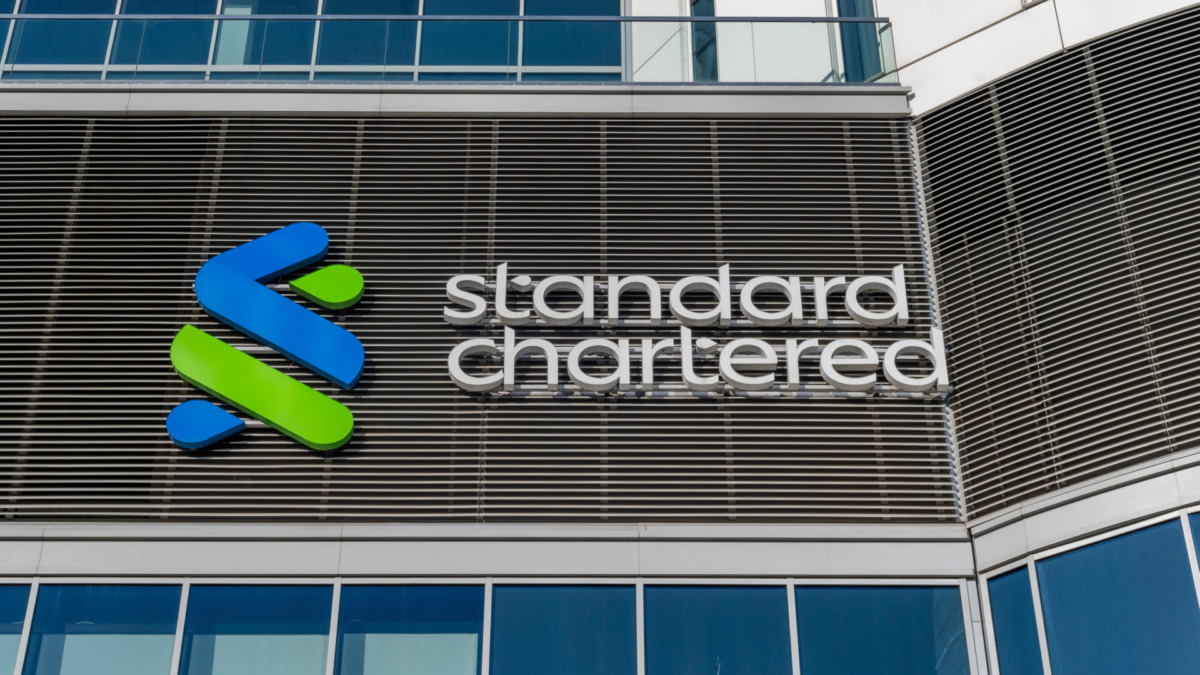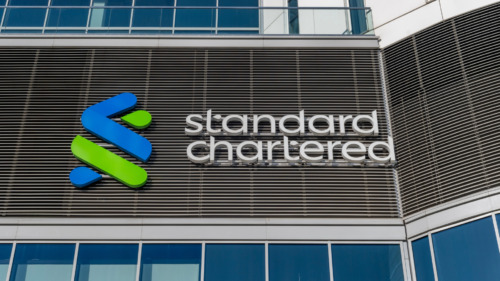Standard Chartered Sees $1 Trillion Shift to Stablecoins by 2028, Led by Emerging Markets

- A Standard Chartered report warns that the massive surge of stablecoins could drain over US$1 trillion from emerging-market banks within three years.
- Stablecoin adoption is strongest in countries with weak currencies and high inflation (e.g., Venezuela, Argentina), where users prioritise capital preservation despite the lack of yields.
- Standard Chartered forecasts the global stablecoin market will hit US$2 trillion by 2028, with two-thirds of the demand originating from emerging markets.
A new report from Standard Chartered warns that the massive surge of stablecoins could drain well over US$1 trillion (AU$1.53 trillion) from emerging-market banks within just three years
Analysts Geoff Kendrick and Madhur Jha said the shift extends a post-crisis migration of banking functions into non-bank platforms. Naturally, adoption is strongest where currencies are weak and inflation is high, including Egypt, Pakistan, Bangladesh, and Sri Lanka.
A good example is Venezuela; with annual inflation near 200%–300%, pricing in USDT is widespread and crypto usage rose 110% in 2024 per Chainalysis. In 2023, crypto represented 9% of US$5.4 billion (AU$8.26 billion) in remittances. Similarly, Argentina and Brazil show growing substitution into USDT and USDC.
Even without yields, now barred under the US GENIUS Act approved in July, users prioritise capital preservation, the report said.
Related: Australian Company Fitell Buys $1.5M Worth of Pump.fun Tokens to Deepen Solana Bet
A $2T Market By 2028
The bank forecasts the global stablecoin market to reach US$2 trillion (AU$3.06 trillion) by 2028, with about two-thirds of demand from emerging markets. While stablecoins threaten traditional deposits, they offer cheaper remittances and faster payments.
Regulators in several emerging markets are piloting digital currencies and upgrading payment systems, but Standard Chartered cautioned that without rapid adaptation, a “stablecoin summer” could become a prolonged challenge for local banks.
Stablecoins have become a fundamental pillar in the industry, allowing users to bridge crypto with traditional fiat and save their capital in times when the market goes south, which happens every now and then. In a certain sense, they are the first kind of real-world assets (RWAs).
Given its role in crypto and traditional finance, stablecoins could power a tenth of the global post-trade market within five years, according to a recent report by investment bank Citi.
Related: New York Lawmakers Push Tax on Bitcoin Miners Over Energy Use






